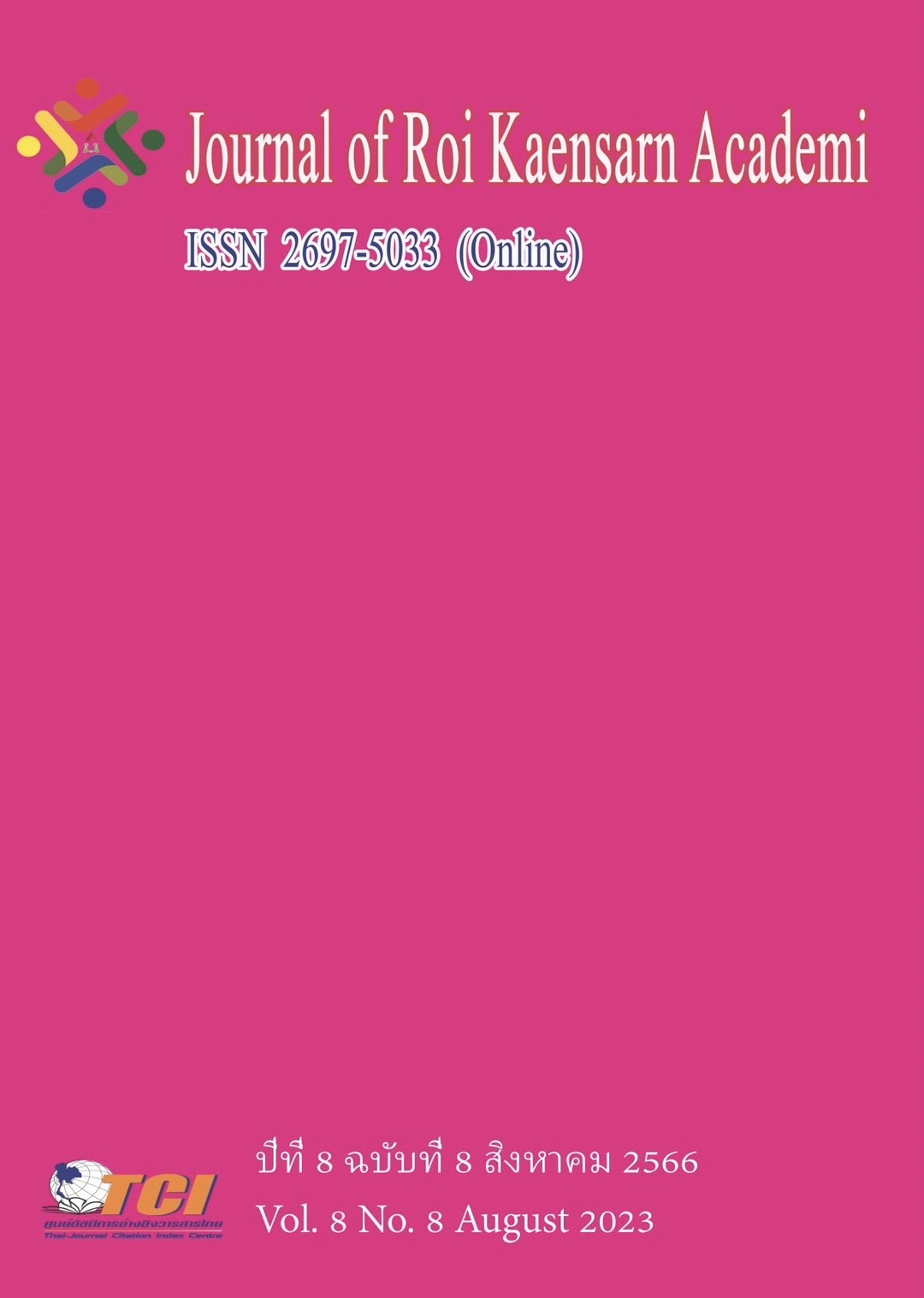Study of popular Thai films in China
Main Article Content
Abstract
In recent years, Thai films have become popular in China, and Thai cultural elements have found an appropriate way to express themselves through movies, and have quickly demonstrated their great appeal and influence in China. The spread of Thai films in China plays a positive role in promoting the industrialization of Thai films and improving the overseas influence of Thai culture. However, due to the differences in politics, economy and culture between China and Thailand, it is not easy for Thai films to win the recognition of the Chinese audience.
This research aims why and how Chinese audience watch Thai films and what factors contribute to Thai films'success in China. The objectives of this study are to study and analyze the foundation of media consumption on Thai films among Chinese audience and to study an understanding of Chinese audience’s perception of the particular media products. Through the mixed methods approach, one hundred sets of online questionnaires and focus group interview were employed for this study. The findings show a variety of discovery data of Thai films trends happening in China. The fundamental reasons for Thai films became a hit in Chinese audiences is that they meet viewer’s needs which include cultural and psychological pleasure, satisfaction, aesthetic gratification, and visual enjoyment. Besides, there is the perfect combination of tradition and modernity in Thai films, displaying the essence of traditional culture in a modern manner. Also, the emergence of new media plays a significant role as a tool to reform Thai entertainment industry from a mostly-regional into a global-centered interest . It reveals how Thai films have exploited a new media landscape and intensely changed with the online community.
Article Details
References
Danaitun, P. (2012). A Study of Chinese Audience’s Consumption Taste towards Thai Television Dramas and Thai Films (in Thai).
Feilitzen, C. & Carlsson, U. (2002). Children, Young People and Media Globalisation. Nordicom.
He, L. (2017). China’s Ban on Foreign Content on Bilibili, AcFun is Not about Piracy. Online. Retrieved from. https://scmp.com/business/companies/article/2102948/chinas-ban foreign-contentbilibili-acfun-not-about-piracy
Hosseini, H. (2010). Popular Culture in Asia: Globalization, Regionalization, and Localization. Procedia - Social and Behavioral Sciences, 2, 7356-7358. doi:10.1016/j.sbspro.2010. 05.094
Jeffrey, H. (2014). Film in Thailand: History, Censorship, and Filmmakers like Apichatpong Weerasethakul. Online. Retrieved from. http://factsanddetails.com/southeastasia/ Thailand/sub5_8e/entry-3265.html#
Kim, Y. (2008). Media Consumption and Everyday Life in Asia (1st ed.). New York: Routledge. doi:10.4324/9780203892480
Kluver, R., & Fu, W. (2008). Measuring Cultural Globalization in Southeast Asia. In Globalization and its Counter-Forces in Southeast Asia. ISEAS–Yusof Ishak Institute, 335- 358. doi:10.1080/09614520902808423
Thairath. (2018). What are the influential factors that "Bad Genius" has on China and almost hits 2 billion baht in Chinese box office? (in Thai). Online. Retrieved from. https://thairath.co.th/content/1105105
Tanyatorn, P. (2012). The Characteristics of Thai Movies and Factors Contributing to Becoming Widely Known in International Markets. Online. Retrieved from. https://semanticscholar.org/paper/The-Characteristics-of-Thai-Movies-and-Factors-toPanyasopon/5864209fcc9b04253f040667a2aaf4d00b9da66e
Silva, J. (2011). Reception theory. In D. Southerton (Ed.), Encyclopedia of Consumer Culture. SAGE Publications. 1, 1203-1206. doi:10.4135/9781412994248.n445
Metz, Christian. Film Language: A Semiotics of the Cinema. Translated by Michael Taylor, University of Chicago Press, 2011.
Rae, S. (2011). Uses and Gratifications Mass Media Consumers. Online. Retrieved from. http://ehow.com/about_5519873_uses-gratifications-mass-media-consumers.html
Chen, F. (2011). The research on the spreading of Thai films in China. Master thesis Chongqing University.

